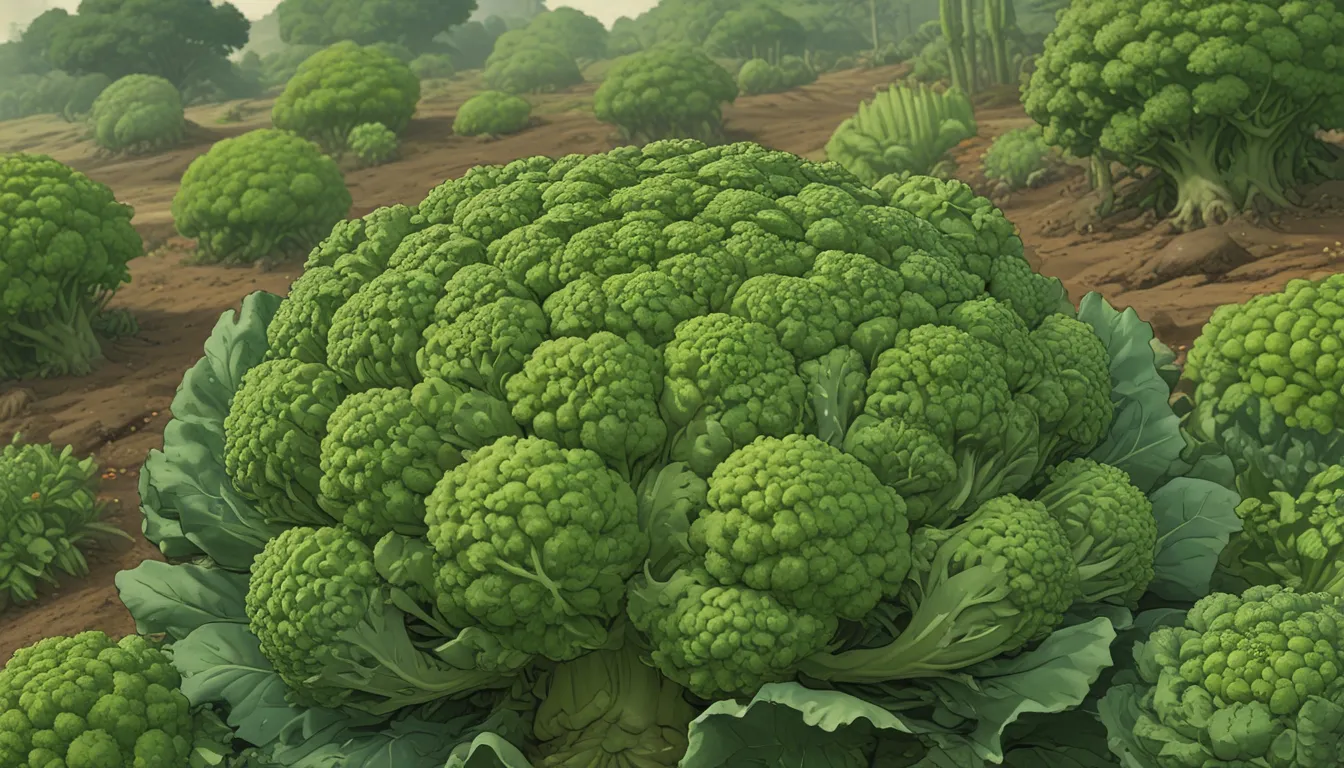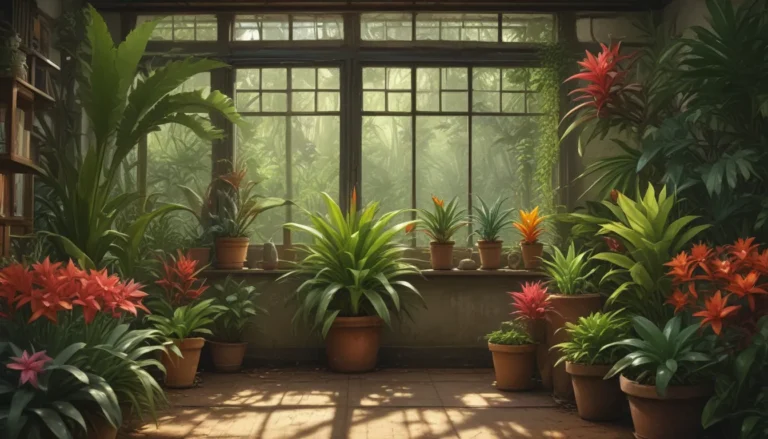How to Grow and Care for Romanesco Broccoli: A Complete Guide

Romanesco broccoli is a fascinating vegetable that looks like a piece of art on your dinner plate. If you’re curious about how to grow this unique and nutritious plant in your garden, you’ve come to the right place. In this comprehensive guide, we’ll explore everything you need to know about Romanesco broccoli, from its origins to planting, caring, harvesting, and even cooking. So let’s dive in and uncover the secrets of this mesmerizing vegetable!
Unveiling the Mystery of Romanesco Broccoli
At first glance, Romanesco may resemble broccoli or cauliflower, but it’s actually a distinct variety that belongs to the Botrytis group of Brassica. Known for its mesmerizing fractal spirals, Romanesco is a result of selective breeding that originated in Rome, Italy, in the 15th century. Although it shares similarities with cauliflower and broccoflower, Romanesco stands out with its elaborate geometric structure and vibrant lime green color.
What Makes Romanesco Unique?
- Romanesco grows according to a logarithmic Fibonacci sequence, forming perfect fractal spirals.
- The plant’s intricate shapes result from the development of flower buds that fail to become flowers, forming a chain reaction of new shoots.
- All parts of Romanesco are edible, from the leaves to the stem and the iconic curd.
Planting and Propagation Tips
To grow Romanesco broccoli successfully, you can start from seeds indoors or transplant nursery starts. Here are some essential tips to help you propagate this funky plant:
From Seed:
- Start seeds indoors 6-8 weeks before the last frost date for a healthy plant.
- Use a seedling tray with adequate drainage and a quality seed-starting mix.
- Germination occurs in 10-21 days, with an optimal temperature range of 65-80°F.
- Transplant seedlings outdoors after hardening off for a week.
From Starts/Transplanting:
- Choose a sunny garden spot with well-draining soil.
- Ensure a pH range of 6.0-7.5 and enrich the soil with compost or manure.
- Maintain soil moisture, feed with balanced fertilizer, and protect young plants from weeds and extreme temperatures.
Cultivars and Growing Tips
When selecting Romanesco cultivars, consider varieties such as ‘Gitano,’ ‘Natalino,’ or ‘Veronica’ based on your zone and preferences. Here are some essential growing tips to ensure a successful harvest:
Growing Tips:
- Water plants consistently, weed regularly, and protect from extreme weather conditions.
- Use a vegetable-specific fertilizer when plants reach 8-10 inches in height.
- Apply organic mulch to maintain soil moisture and temperature stability.
Managing Pests and Diseases
To safeguard your Romanesco plants from common pests and diseases, regular inspection and care are essential. Check for aphids, cabbage loopers, and other pests, and watch for diseases like alternaria leaf spot and downy mildew. Utilize natural pest control methods and maintain plant health to prevent issues.
Harvesting and Storage
When Romanesco heads reach 3-5 inches in diameter, it’s time to harvest them for optimal flavor and texture. Avoid overripening, as the curds may begin to separate. Store unwashed heads in the fridge’s crisper drawer and freeze blanched pieces for long-term preservation.
Recipe Ideas:
- Try lemon-roasted Romanesco or incorporate it into grilled salads for a delightful culinary experience.
- Experiment with different cauliflower, broccoli, and Romanesco combinations to create visually appealing dishes.
Quick Reference Growing Guide
For a quick overview of Romanesco broccoli cultivation, refer to the following growing guide:
Plant Type: Annual vegetable
Native to: Italy
Hardiness (USDA Zone): 3-10
Exposure: Full sun
Time to Maturity: 3-4 months
Height: 24-36 inches
Water Needs: Moderate
Companion Planting: Fennel, sage, yarrow
Common Pests: Aphids, cabbage loopers, flea beetles
Common Diseases: Alternaria leaf spot, black rot, downy mildew
Savor the Magic of Romanesco Broccoli
By following the steps outlined in this comprehensive guide, you can cultivate your own Romanesco broccoli garden and enjoy its visual appeal and nutritional benefits. Whether you’re a novice gardener or a seasoned pro, growing Romanesco can be a rewarding experience that adds a touch of elegance to your culinary creations. So, take the plunge, plant some Romanesco seeds, and embark on a journey filled with vibrant colors, intriguing shapes, and delicious flavors!
Have you ever cultivated Romanesco broccoli in your garden? Share your thoughts and experiences with us in the comments below. Let’s celebrate the beauty and bounty of this unique vegetable together!





